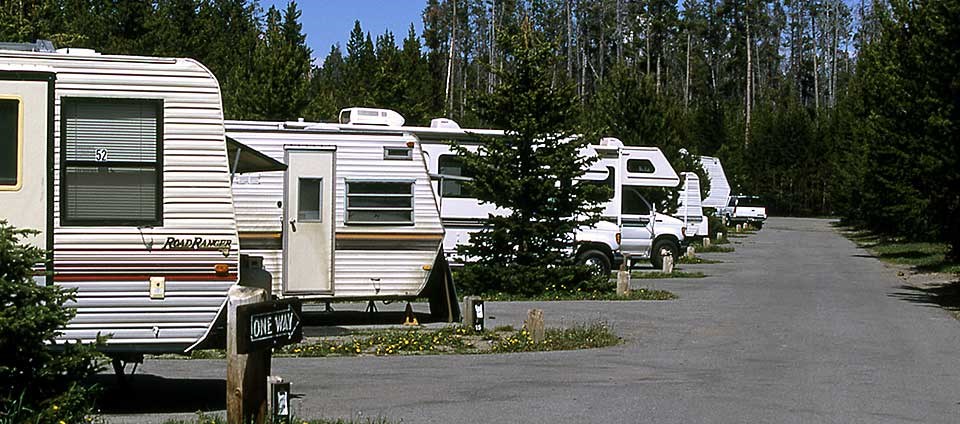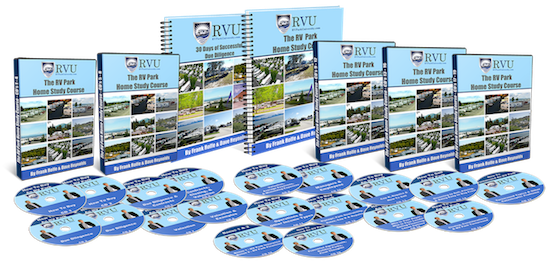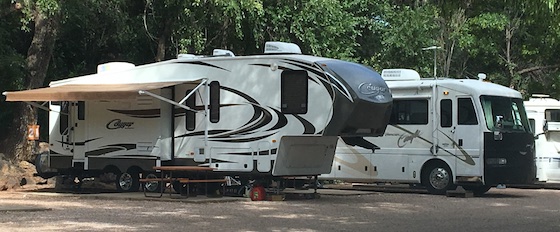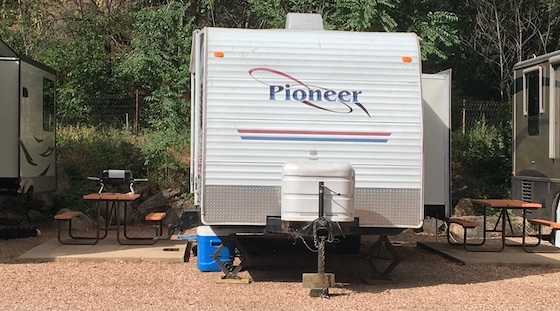America is filled with discount clubs, from SAM’s to COSTCO. And RV owners are no different – they want good deals and are willing to pay annual memberships to get those discounts. So what are the most popular RV clubs, and how do they function? Would any of these work as a partner for your RV park?
Good Sam’s
This is one of the largest and oldest of such clubs, so we thought it was a good place to start. Good Sam’s costs the user $25 per year for a membership, which gets the customer 10% off each time they stay at an RV park affiliated with Good Sam’s. While this is not a huge discount, many members join to take access to the additional 30% off of merchandise at Camping World, which is the nation’s largest RV supplier and repair facility. There are roughly 2,100 parks that are included in the Good Sam’s network, which is the largest grouping in the U.S.
KOA
KOA is the other best-known group operating in this space, mainly from their decades of visibility with prominent (if not obnoxious) signs along the nation’s highway system. They charge roughly $27 per year, which gets you 10% every night’s stay at one of the roughly 500 properties that are part of the KOA system. One of the key complaints, if you look at on-line reviews, is the quality and location of the KOA properties.
Passport America
This club pays offers much higher discounts than the two above, coming in at 50% off with the one-time cost of $44 per year. It has a very large number of RV park members, with around 2,100 parks participating. If you look on-line, it has excellent reviews. It seems to be perhaps the most effective message and easiest system for members to utilize. Of course, the only problem for the RV park owner is the giant discount. However, if the lot is vacant otherwise, does that really matter?
Happy Camper
This club is a mirror image of Passport America, offering 50% off participating RV parks with a roughly $39 per year annual fee. There are about 1,200 member-parks in this system, so it has not been able to garner as much traffic as Passport America. Nevertheless, it does have a large number of RV owner members.
Escapees/Xscapers Club
This club costs members around $40 per year, and gets them special deals (not a constant discount, however) at around 1,000 different RV parks. This service appeals mostly to seniors, and involves discounts to both RV parks and some attractions.
Thousand Trails
This club has an entirely different business model. It costs the user $545 per year, and gets them their first 30 nights free in a participating RV park, followed by a cost of only $3 per night thereafter. While this may sound alluring, the on-line reviews were not encouraging, with some users saying that the RV parks that participate are not very nice in location or condition. It also requires you to move around frequently, as it only allows a couple nights in each location under these terms (we’re guessing that the member RV parks use this service to get new people to try them out.
Harvest Hosts
This club costs around $44 per year, and offers the user one free night per year in a number of participating RV parks. The downside is that the number of RV parks that participate in this program seems very limited.
Boondockers and others
Then there are a number of RV clubs that offer strange services for the money. Boondockers, for example, charges $25 per year and gets you spaces in participating member’s driveways and backyards. These variety of clubs are not for your mainstream RV owner, and can’t really be counted as legitimate resources, in our opinion, for RV park owners.
Conclusion
There are a large number of RV clubs in the U.S. that attract users looking for discounts. As an RV park owner, you might want to consider participating in one or more of these options. While they offer discounted rent, half rent is better than none if the lot is vacant. And by increasing the breadth of your awareness and customer base, you may get additional benefits for those who return without the discount, or tell their friends.







